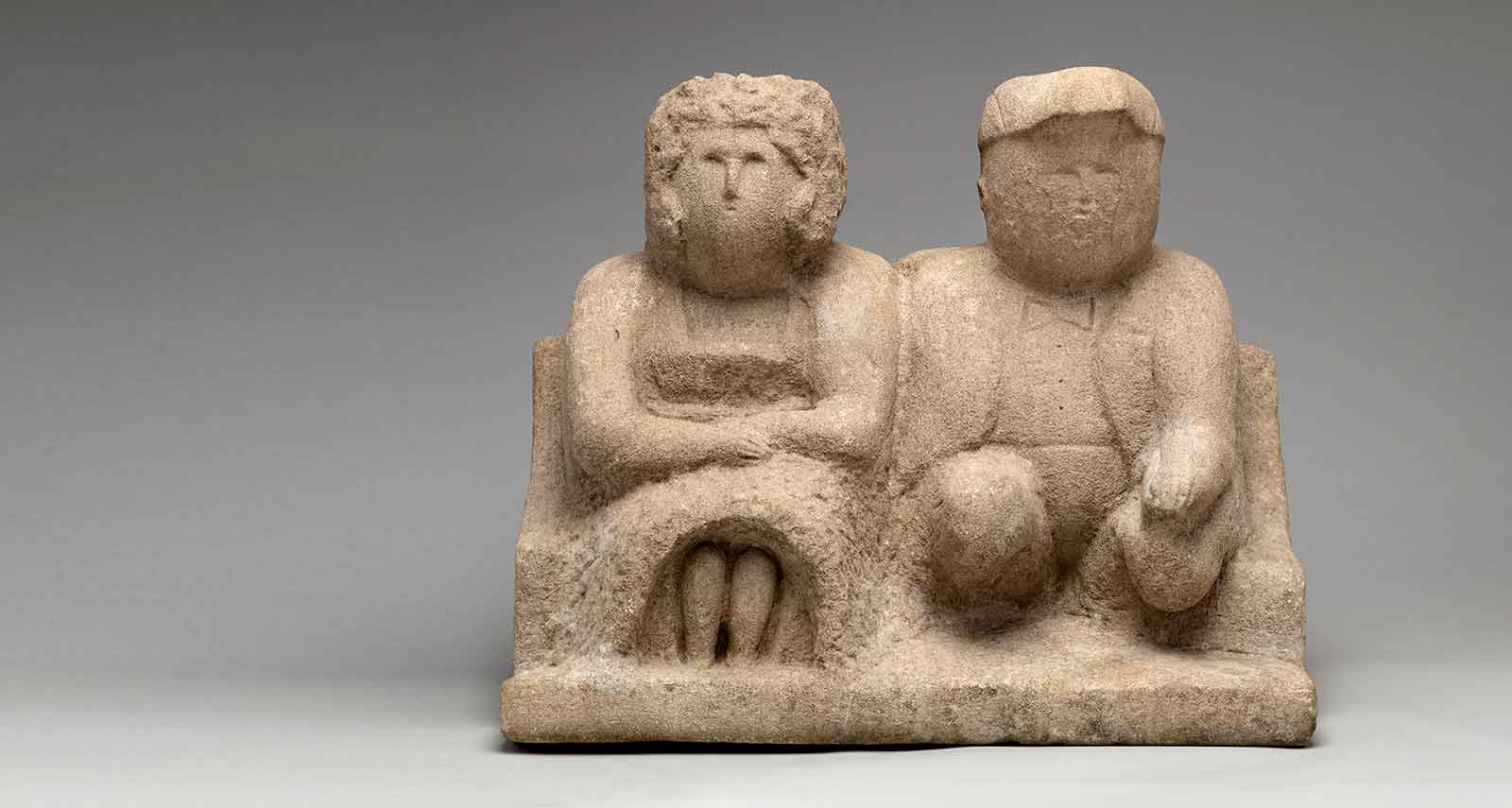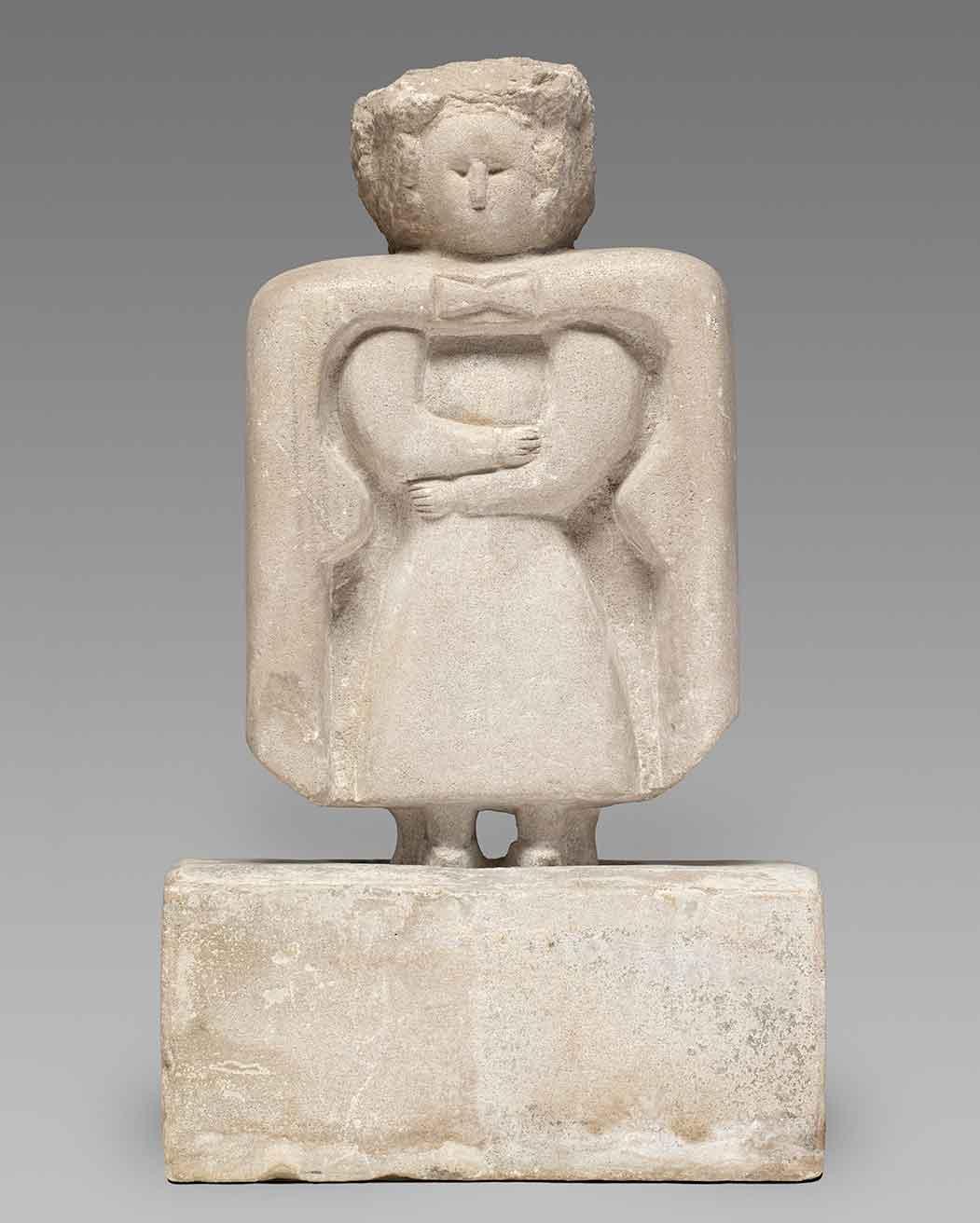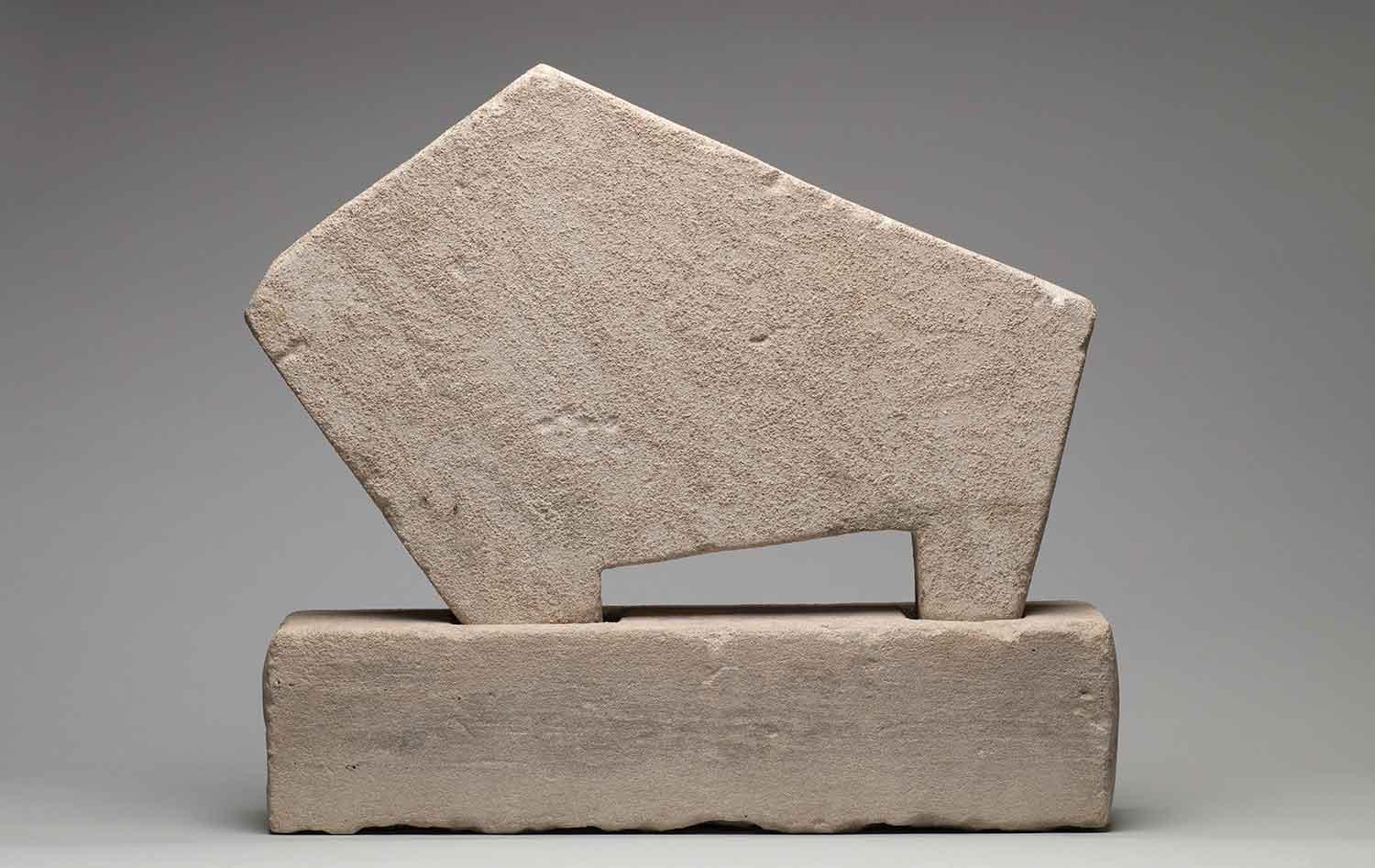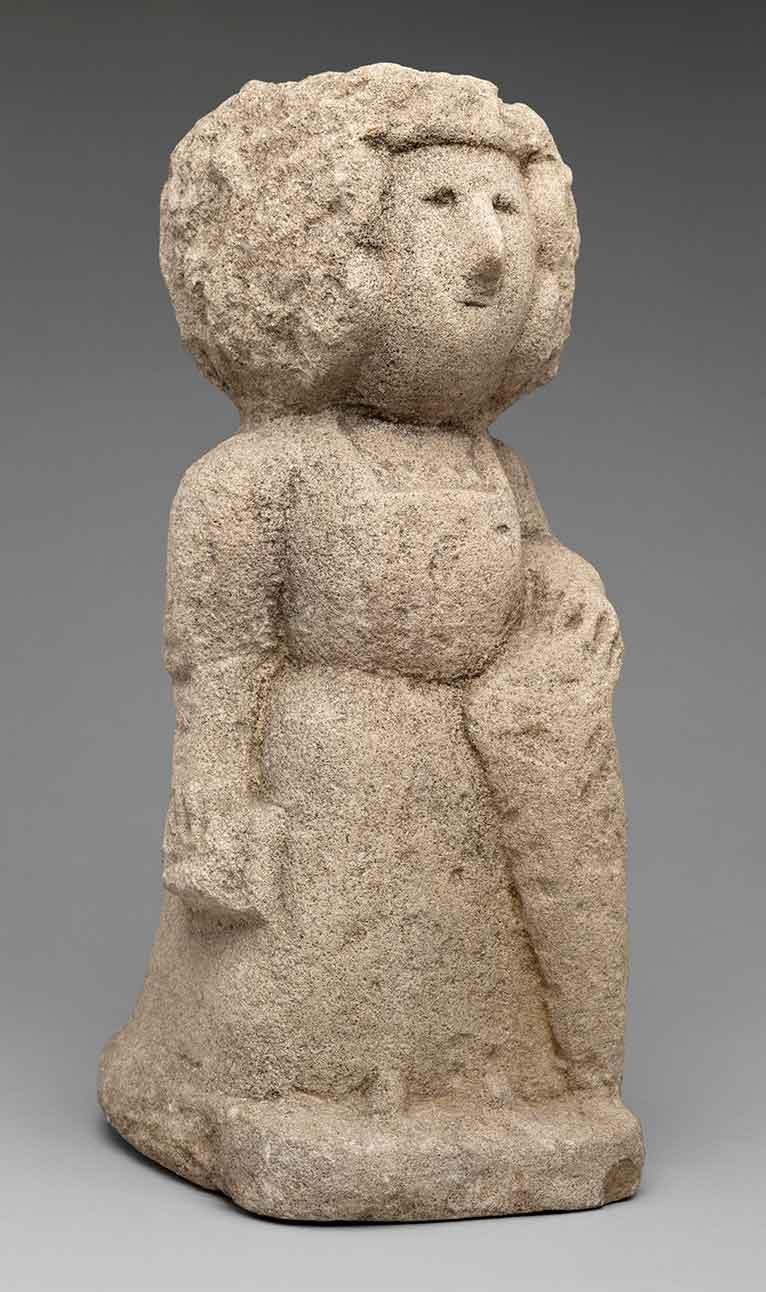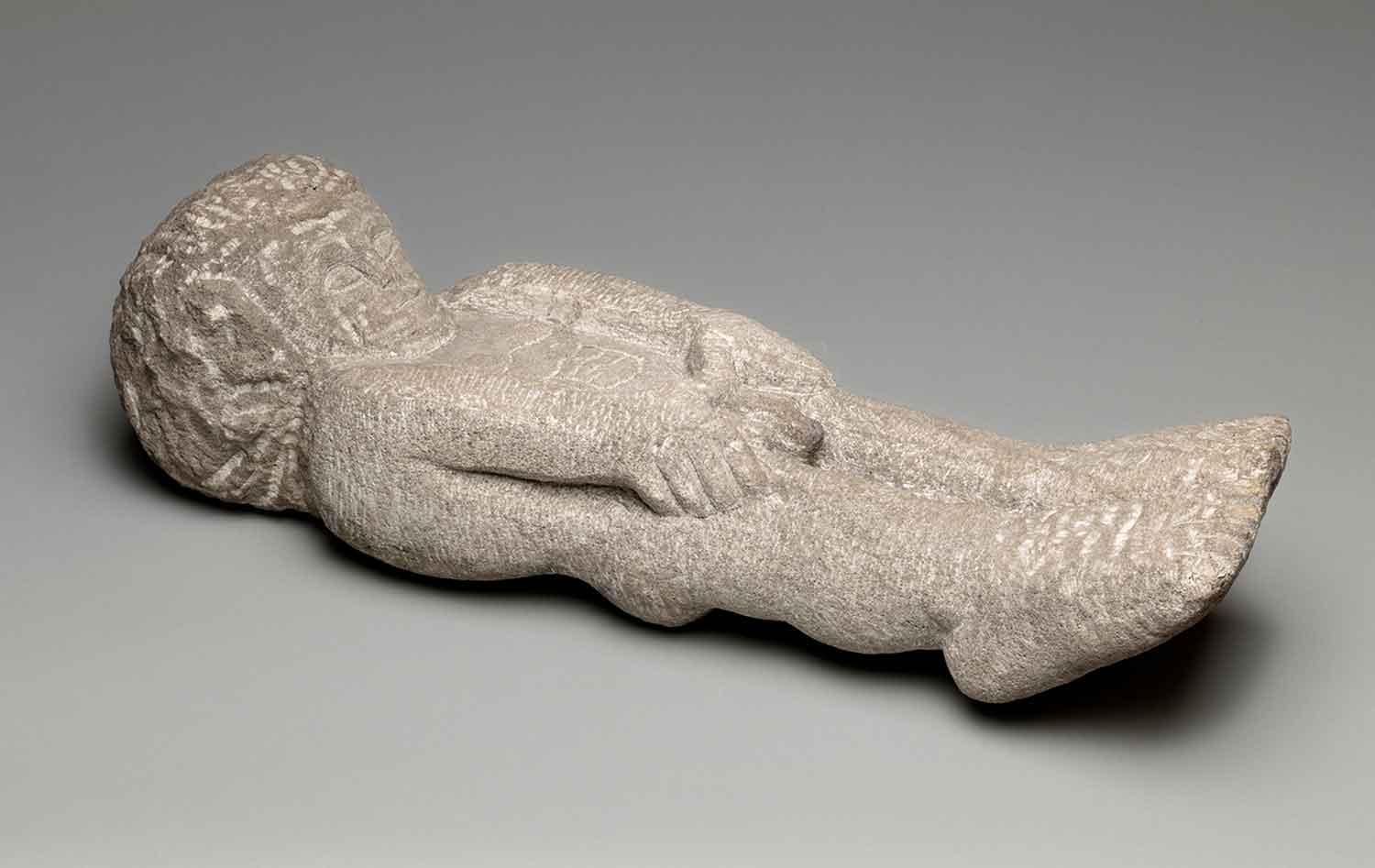The press release for the 1937 MoMA exhibition, for instance, reinforced these misconceptions and that his art was a calling “to fashion at God’s command.” Edmondson had once stated of his artistic genesis, “I heard a voice telling me to pick up my tools and start to work on a tombstone. I looked up in the sky and right there in the noon daylight He hung a tombstone out for me to make.”
Yet, as art historian Lowery Stokes Sims wrote in the 1991 The Art of William Edmondson, published in conjunction with a Cheekwood exhibition, Edmondson was “expressing in his own idiom the workings of the creative process” in a way that is “not very different from the process as described by any number of artists.”
For Sullivan, revisiting Edmondson’s work in this 2021 exhibition is an opportunity to recenter the artist in his own narrative. “Yes, Edmondson was the first Black artist to receive a solo exhibition at the Museum of Modern Art in New York, and yes, he is arguably the most famous sculptor of the twentieth century who called Nashville home,” she said. “But of equal if not more importance—at least to me—is that he decided, in his fifties, to teach himself how to carve limestone, committed to a new career, and started a small business in the early 1930s, at the beginning of the Great Depression, in the Jim Crow South.”
An accompanying catalog, published by Vanderbilt University Press and edited by Sullivan, further examines Edmondson within the context of 1930s Nashville, the manner in which his work was documented through photography, his practice as a businessman, and the cemeteries where his art can still be seen. Author Betsy Phillips, who contributed an essay to the publication, has been investigating the surviving examples of these tombstones. Less than forty are extant in burial grounds around Middle Tennessee. As Phillips notes, these tombstones, although deteriorated, “remain the most accessible places to see Edmondson works,” with major exhibitions infrequent and local institutions like the Tennessee State Museum only displaying a handful of sculptures.
“The issue with preserving and increasing attention for Edmondson’s carvings still in situ is a tricky one,” Sullivan said. “On the one hand, seeing one of his carved tombstones in a Nashville cemetery offers a palpable understanding of how these carvings were intended to be used; many of his objects were functional, meant to be appreciated and seen outdoors in the urban environment, not behind plexiglass in a gallery. On the other hand, many of the carvings installed at cemeteries have suffered, as Betsy Phillips writes, at the hands of vandals, neglect, and the elements.”
Cheekwood has the largest public collection of Edmondson’s work and access was an essential part of The Sculpture of William Edmondson, such as including a presentation at the Fisk University Art Galleries located in the historically Black university. Edmondson exhibited there in his lifetime at a 1948 Spring Arts Festival. Although the MoMA exhibition is regularly cited in his impact, these local shows are vital to remember in revealing his connection to the city where he sculpted everyday people like teachers, nurses, and preachers along with icons such as boxer Jack Johnson and First Lady Eleanor Roosevelt. All of Edmondson’s art and related works in the Cheekwood permanent collection have also now been digitized for the first time.




